Rainy days can be a golf lover’s worst nightmare. But what if we told you that the right men’s golf rain jacket with a hood could make those wet, gloomy days a little brighter? In this guide, we’re going to dive into everything you need to know about these essential golf accessories, from selecting the best features to caring for your jacket. So, whether you’re braving the elements or just looking to stay dry, you’ll find valuable insights here.
Why a Rain Jacket is Necessary
Golf is an outdoor sport, and weather conditions can change rapidly. Here are several reasons why investing in a quality rain jacket with a hood is essential for every golfer:
- Protection from Elements: A good rain jacket keeps you dry and shields you from wind and cold.
- Enhanced Performance: Staying dry allows for better grip on your clubs, improved swing, and overall performance.
- Comfort: A well-designed rain jacket minimizes discomfort, letting you focus on your game.
Features to Look For in a Golf Rain Jacket
Choosing the right men’s golf rain jacket can feel overwhelming, especially with so many choices available. Here’s what to consider:
- Waterproofing:
- Look for jackets with a waterproof rating of 5,000mm or higher. This means the jacket will withstand heavy rain.
- Sealed seams are crucial for preventing water from seeping in.
- Breathability:
- A breathable jacket helps wick moisture away from your body. Fabrics like Gore-Tex or eVent offer excellent ventilation.
- Lightweight Design:
- Opt for a lightweight jacket that doesn’t add unnecessary bulk. This ensures freedom of movement during swings.
- Hood:
- A hood is essential for keeping rain off your face. Look for adjustable hoods that can fit under a golf cap.
- Pockets:
- Functional pockets are a must! Ensure they are easily accessible and can keep your essentials dry.
- Flexibility:
- Stretchable material allows for greater range of motion. Look for jackets made with spandex or other similar materials.
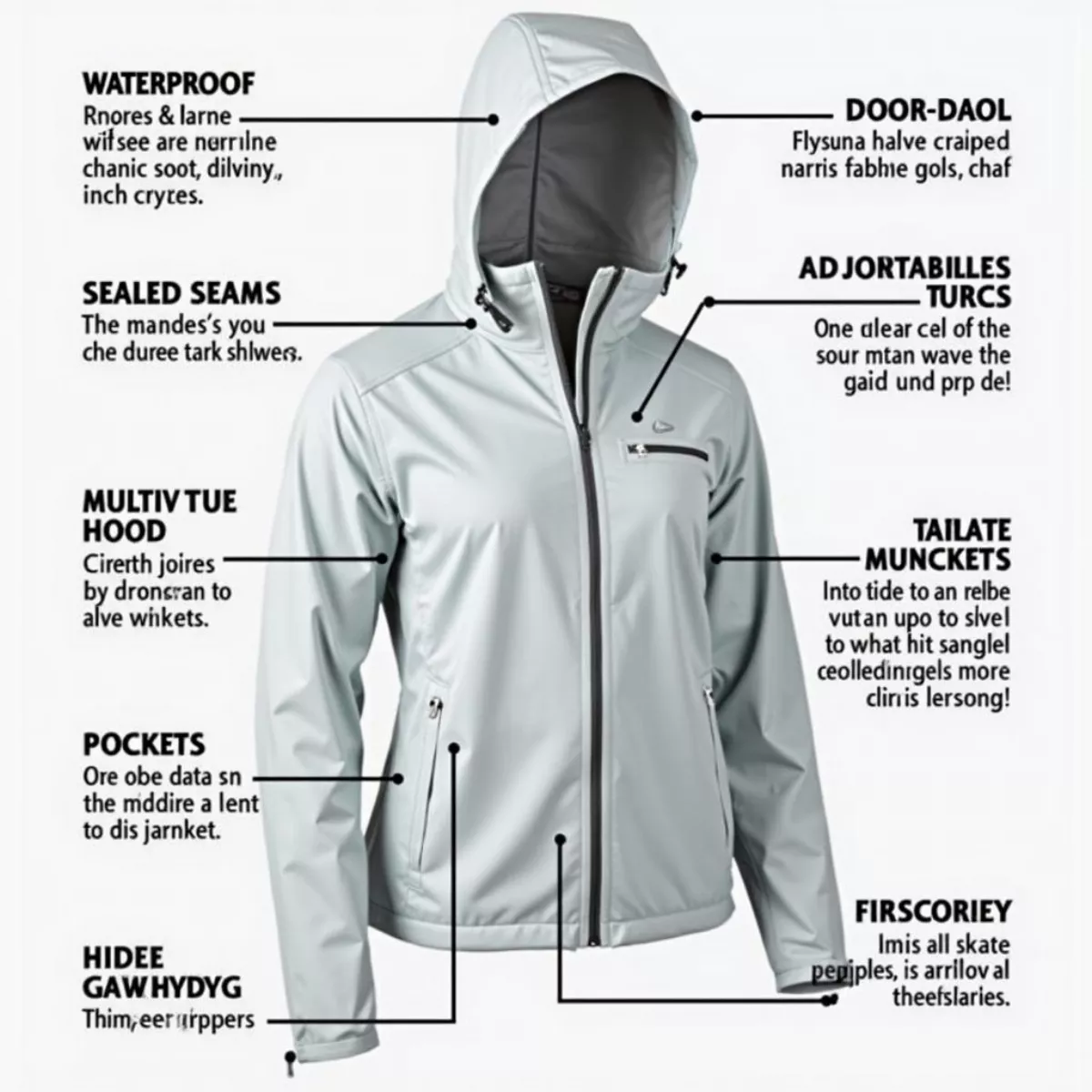 Golf Rain Jacket Features
Golf Rain Jacket Features
Must-Have Technologies in Golf Rain Jackets
To maximize performance in soggy conditions, consider jackets with advanced technologies:
- DWR (Durable Water Repellent): This coating helps water bead off the surface rather than soak in.
- Windproof Fabrics: Helps in keeping you warm by blocking gusty winds.
- Thermal Insulation: Some jackets have insulation to keep you warm in chilly conditions without sacrificing breathability.
Popular Brands to Consider
Here are some reputable brands known for their quality men’s golf rain jackets with hoods:
| Brand | Key Features |
|---|---|
| Adidas | Lightweight, breathable |
| Nike | Stylish, flexible materials |
| Puma | Waterproof, functional design |
| Under Armour | Moisture-wicking, versatile |
| Callaway | Excellent fit, golf-oriented design |
Choosing the Right Fit
Fit is crucial when selecting a rain jacket. Here’s how to choose the right one:
- Regular Fit: Perfect for golfers who prefer a more relaxed style.
- Athletic Fit: Ideal for those who want a tighter fit without restriction during swings.
- Layering: Ensure there’s enough room for layering with a base layer or mid-layer without feeling bulky.
 Golfer Wearing Rain Jacket
Golfer Wearing Rain Jacket
Caring for Your Rain Jacket
To prolong the life of your men’s golf rain jacket, follow these simple care tips:
- Read the Care Label: Always follow manufacturer instructions for washing and drying.
- Use Mild Detergents: Harsh chemicals can damage the waterproof coating.
- Reapply DWR: After several washes, you might need to reapply the DWR treatment. It can be bought in spray form.
Benefits of a Hood in a Golf Rain Jacket
A hood is a fundamental component of a men’s golf rain jacket for several reasons:
- Rain Protection: Keeps your head and neck dry.
- Vision: A well-fitted hood will not obstruct your vision during swings.
- Adjustability: Many hoods come with adjustable features for added security and comfort.
 Golf Rain Jacket Hood
Golf Rain Jacket Hood
Conclusion
Investing in a men’s golf rain jacket with a hood can elevate your golfing experience, even in the rain. With features like waterproofing, breathability, and a stylish design, you’ll want to head out on the course no matter what the weather forecast looks like.
Key Takeaways
- Waterproofing and breathability are crucial when selecting a rain jacket.
- Always opt for a lightweight, flexible design to ensure comfort during your swings.
- A hood adds valuable protection while maintaining visibility.
- Regular care and maintenance can extend the life of your jacket.
FAQs
- What is the best material for a golf rain jacket?
- Look for jackets made from Gore-Tex or similar materials that provide both waterproofing and breathability.
- Are all golf rain jackets with hoods the same?
- No, jackets vary significantly in features, materials, fit, and waterproof rating.
- How should I clean my golf rain jacket?
- Always follow the care label instructions, use mild detergents, and avoid fabric softeners.
- Does a hood affect my golf swing?
- A properly fitted hood will not obstruct your swing but offers extra protection from rain.
- Can I wear a rain jacket over my golf attire?
- Yes, ensure that you choose a jacket with enough space for layering over your usual golf attire.
- Is it worth investing in a high-priced rain jacket?
- Investing in a quality rain jacket often pays off in durability, comfort, and performance.
- How often should I reapply water repellent treatment?
- It’s best to reapply DWR treatment after 4-6 washes or whenever you notice decreased water resistance.
- What should I look for in the hood?
- Look for adjustability, a good fit that allows for function without obstructing vision.
Feel free to bookmark this guide for your future golfing needs, and share it with fellow golfers who may also be seeking a reliable men’s golf rain jacket with a hood!
With this comprehensive guide, you are now equipped to make an informed decision regarding your next rain jacket purchase. Embrace the rain because golf doesn’t stop for inclement weather!
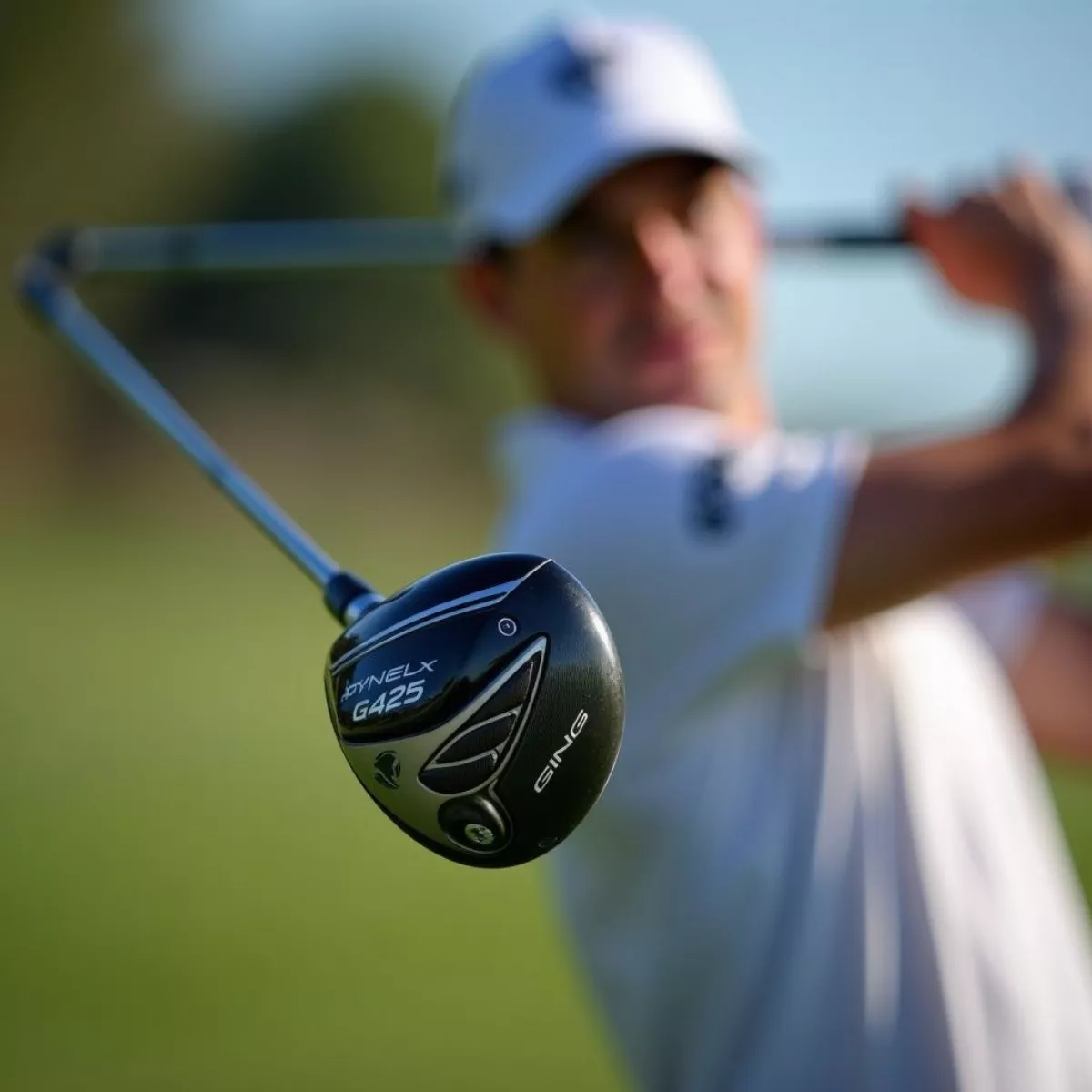
 Bryson DeChambeau's full set of Ping Blueprint irons
Bryson DeChambeau's full set of Ping Blueprint irons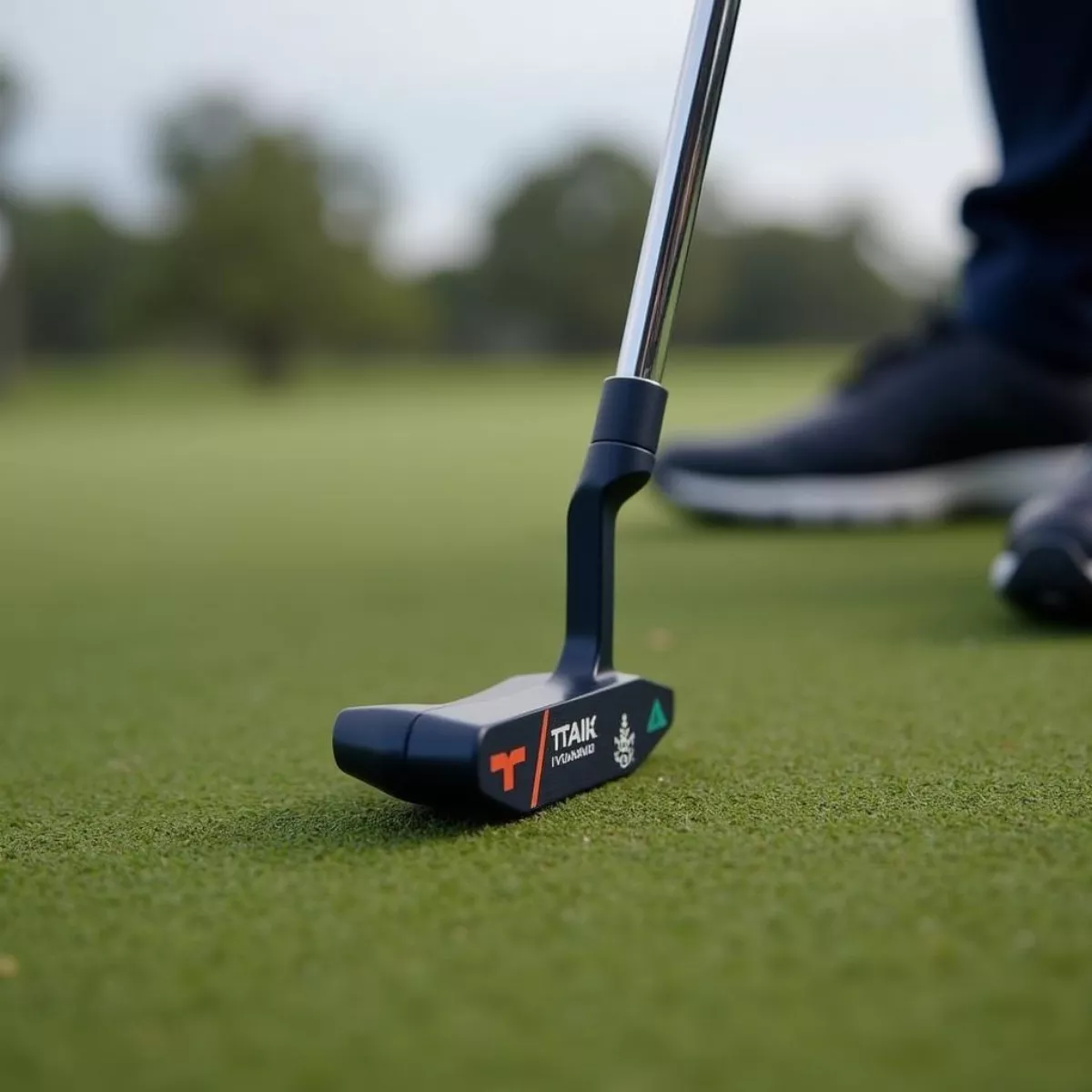 Bryson DeChambeau using his Bettinardi Inovai 6.0 putter
Bryson DeChambeau using his Bettinardi Inovai 6.0 putter Bryson DeChambeau celebrates after a successful shot
Bryson DeChambeau celebrates after a successful shot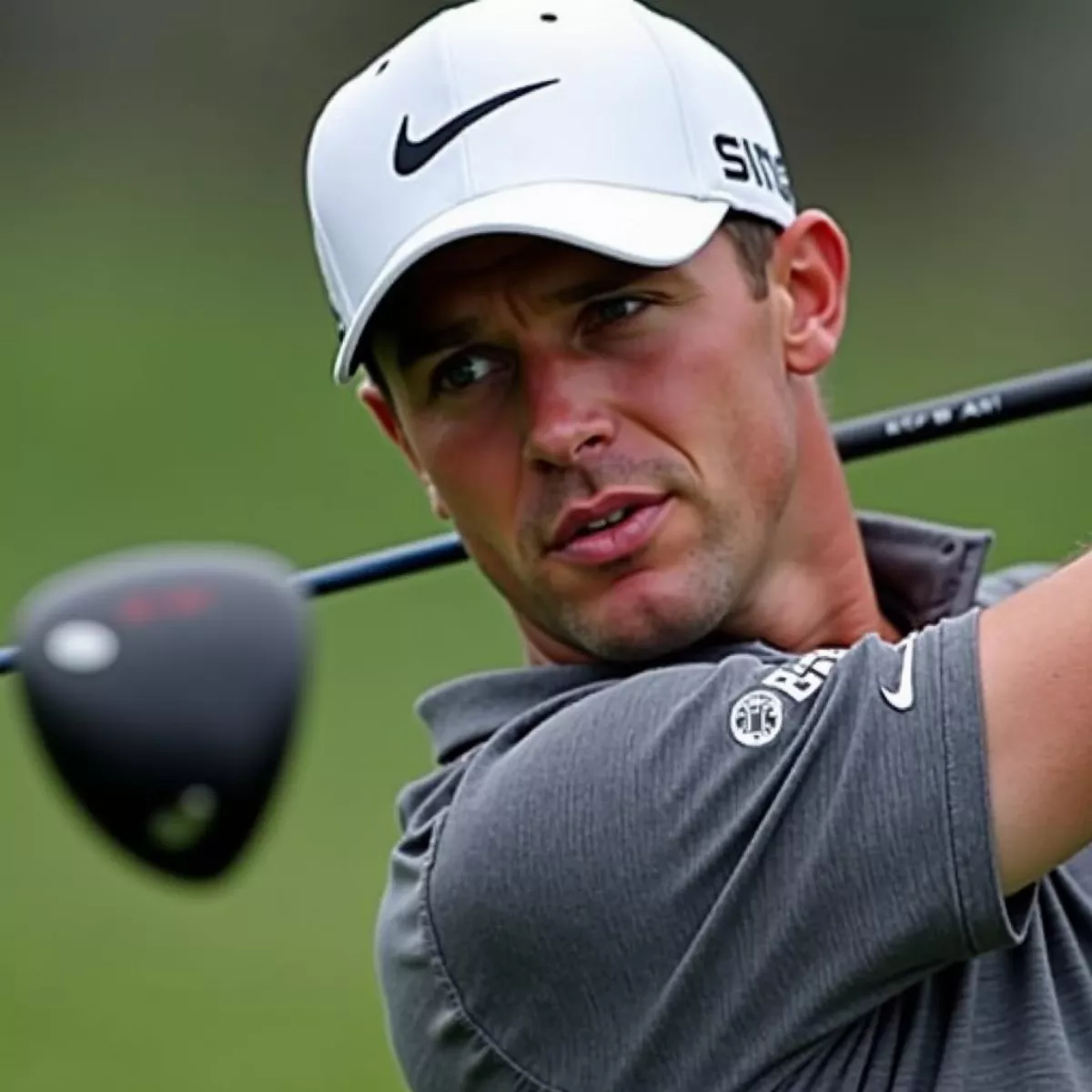
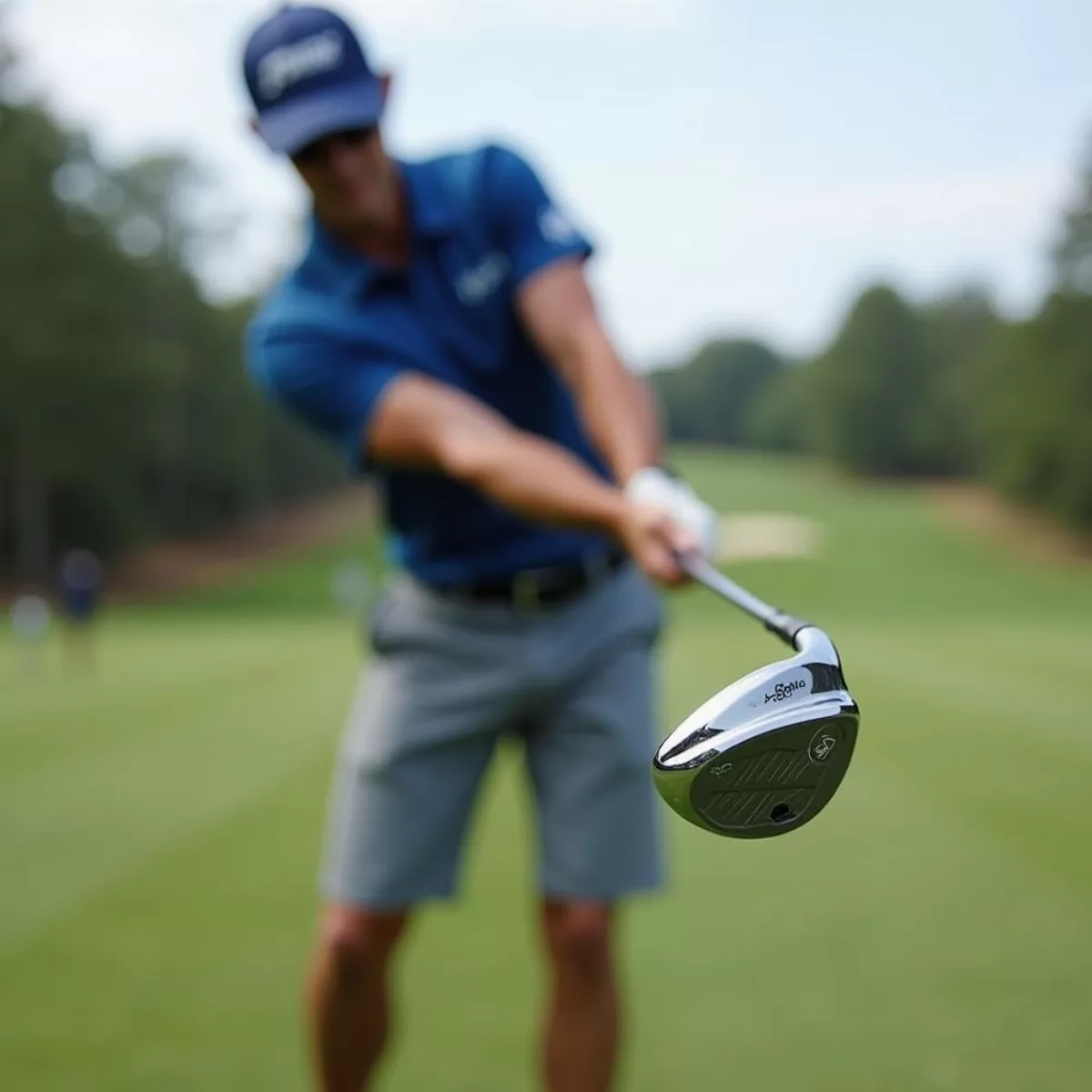 Bryson DeChambeau hitting an iron shot
Bryson DeChambeau hitting an iron shot Bryson DeChambeau reviewing golf analytics
Bryson DeChambeau reviewing golf analytics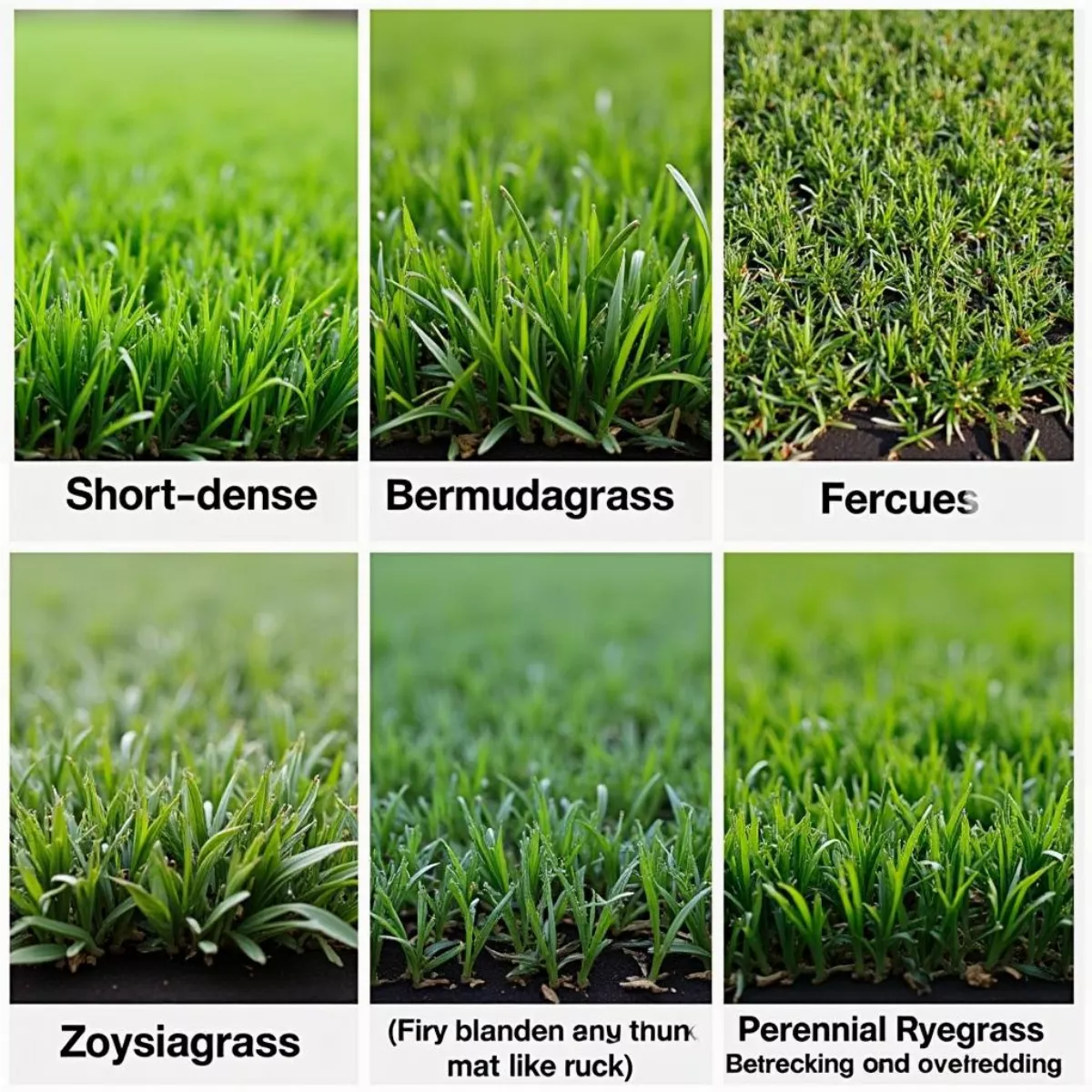
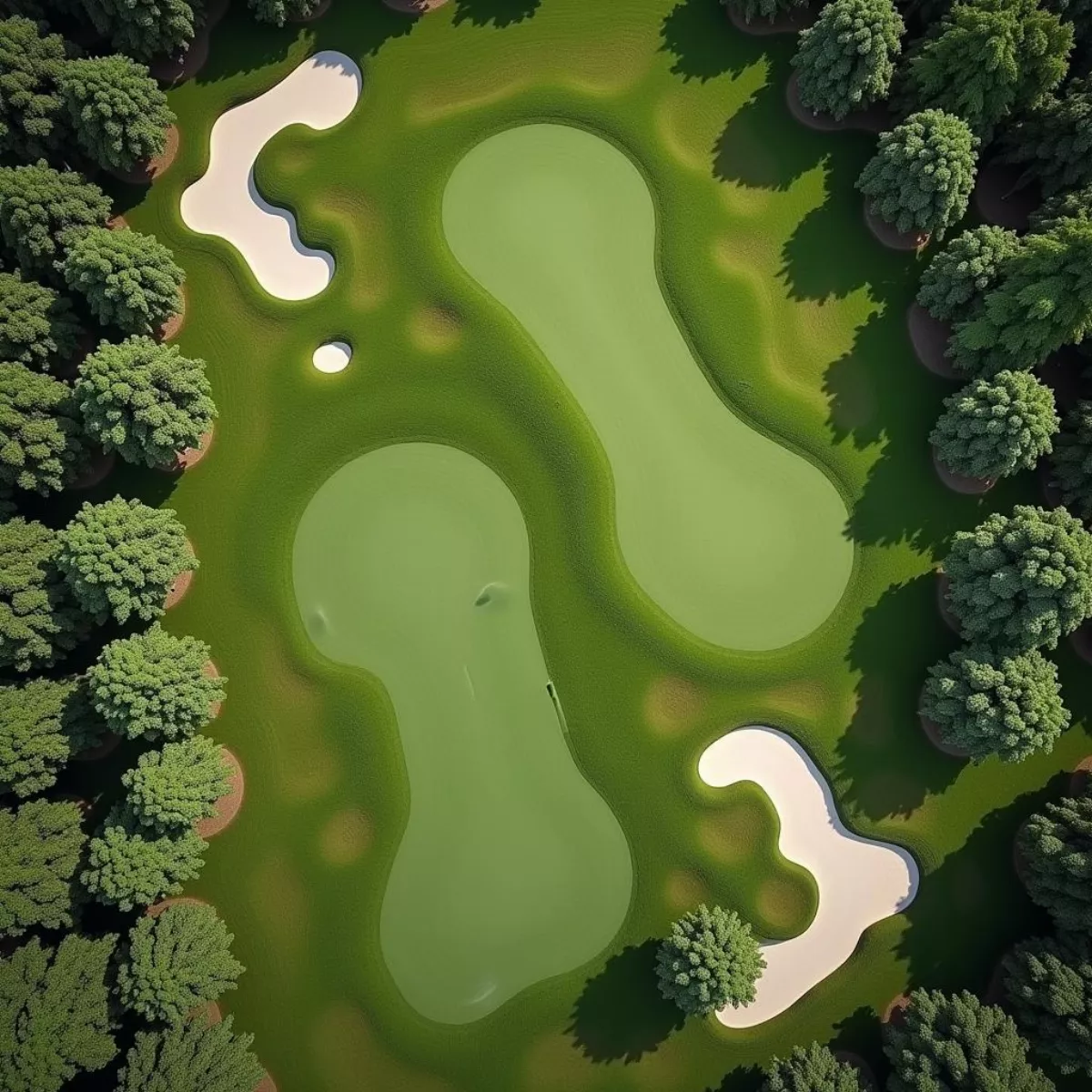 Golf Course with Distinct Grass Areas
Golf Course with Distinct Grass Areas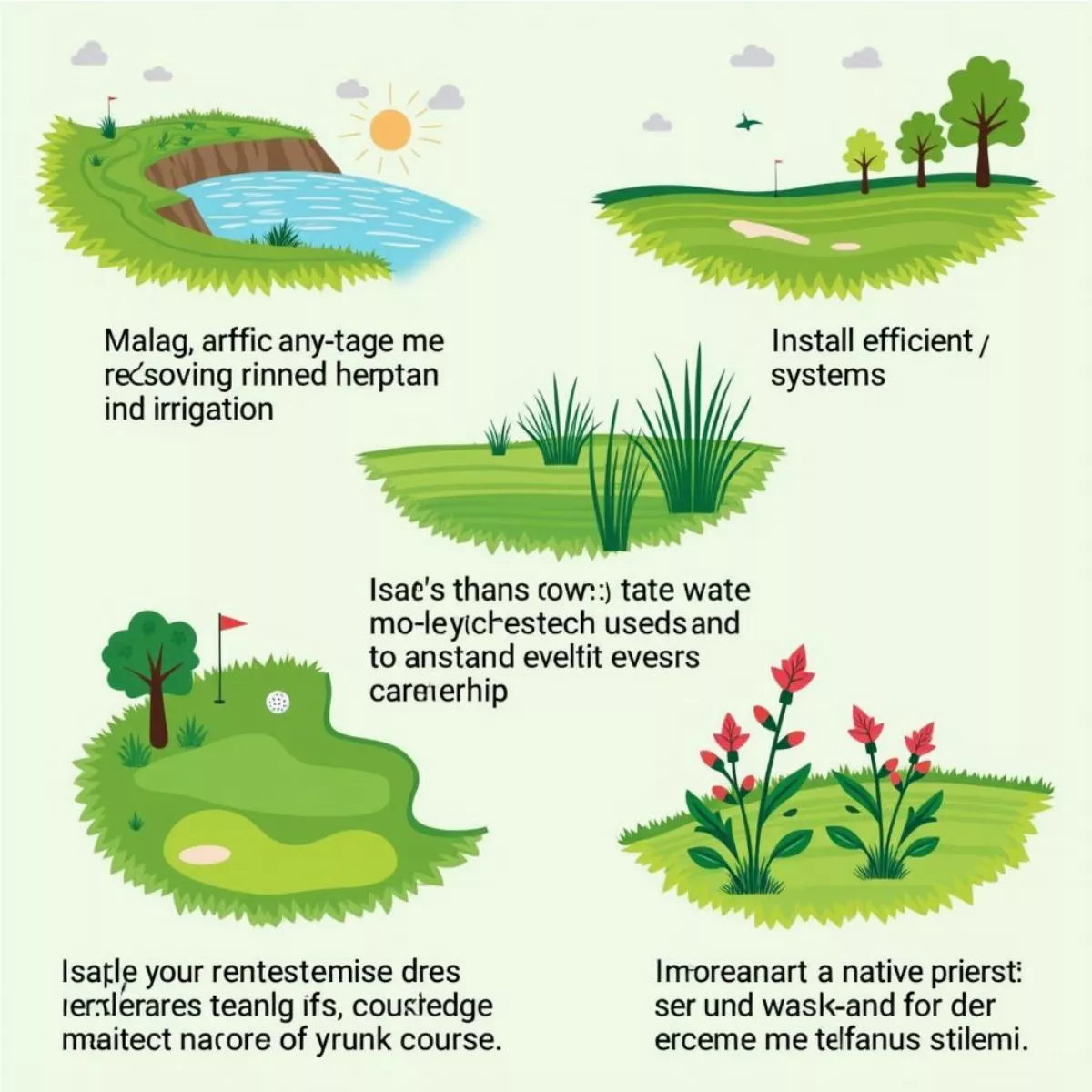 Sustainable Golf Course Management
Sustainable Golf Course Management
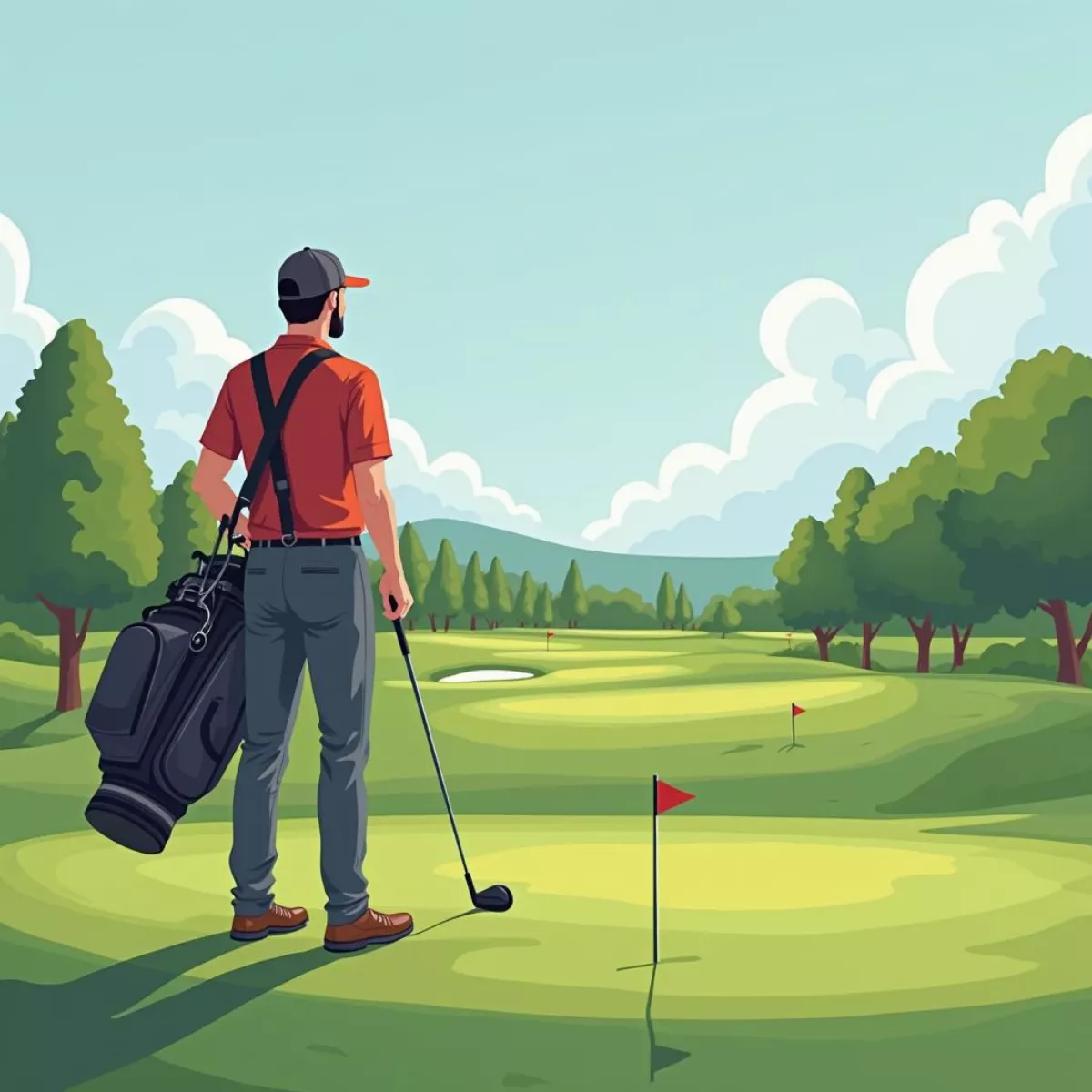 Golfer contemplating tee box choice
Golfer contemplating tee box choice
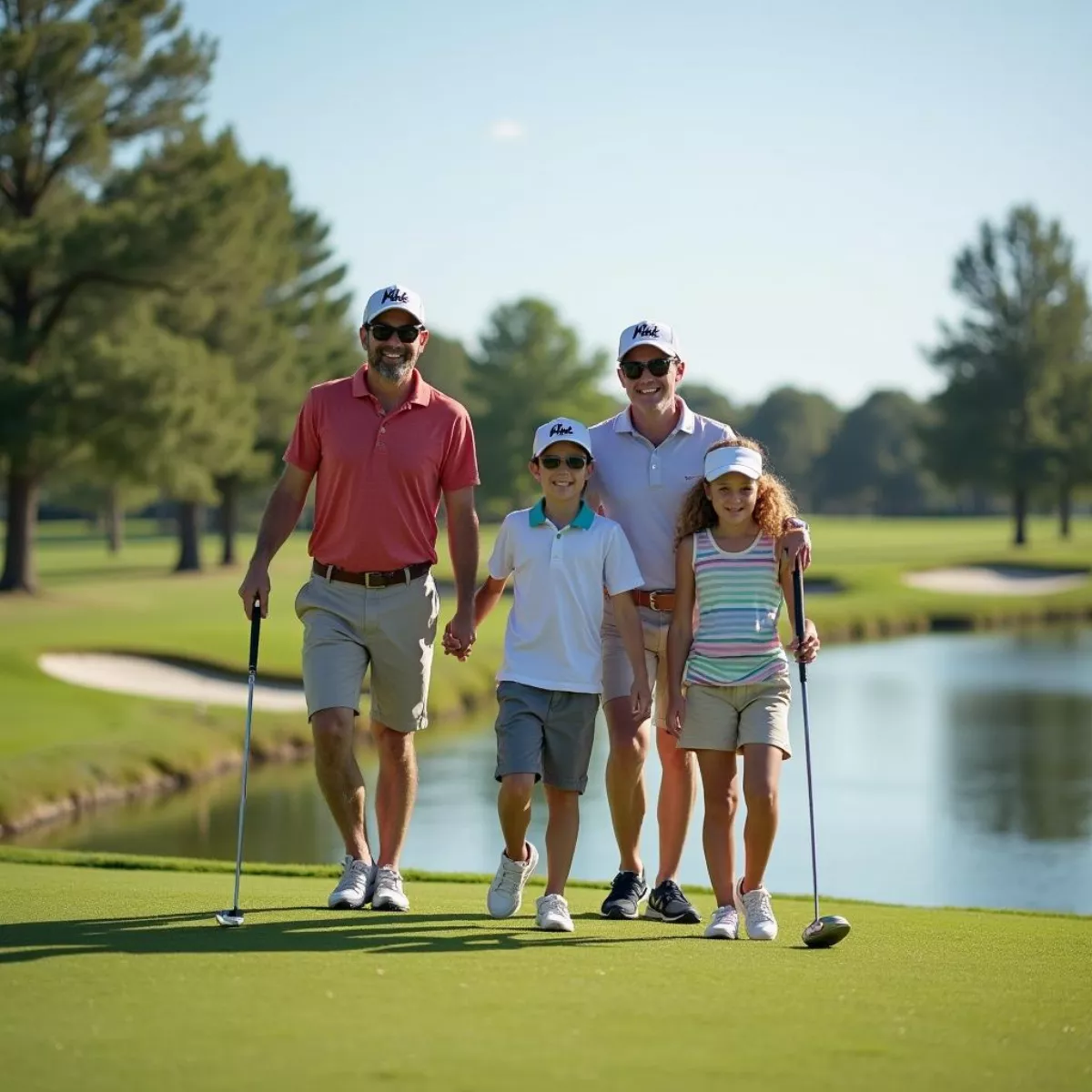 Family Golfing at Lake Hamilton
Family Golfing at Lake Hamilton Scenic View of Hot Springs Village Golf Course
Scenic View of Hot Springs Village Golf Course
 Golfers on the West Course Green
Golfers on the West Course Green Winged Foot Clubhouse Exterior
Winged Foot Clubhouse Exterior Winged Foot Golf Course Sunset View
Winged Foot Golf Course Sunset View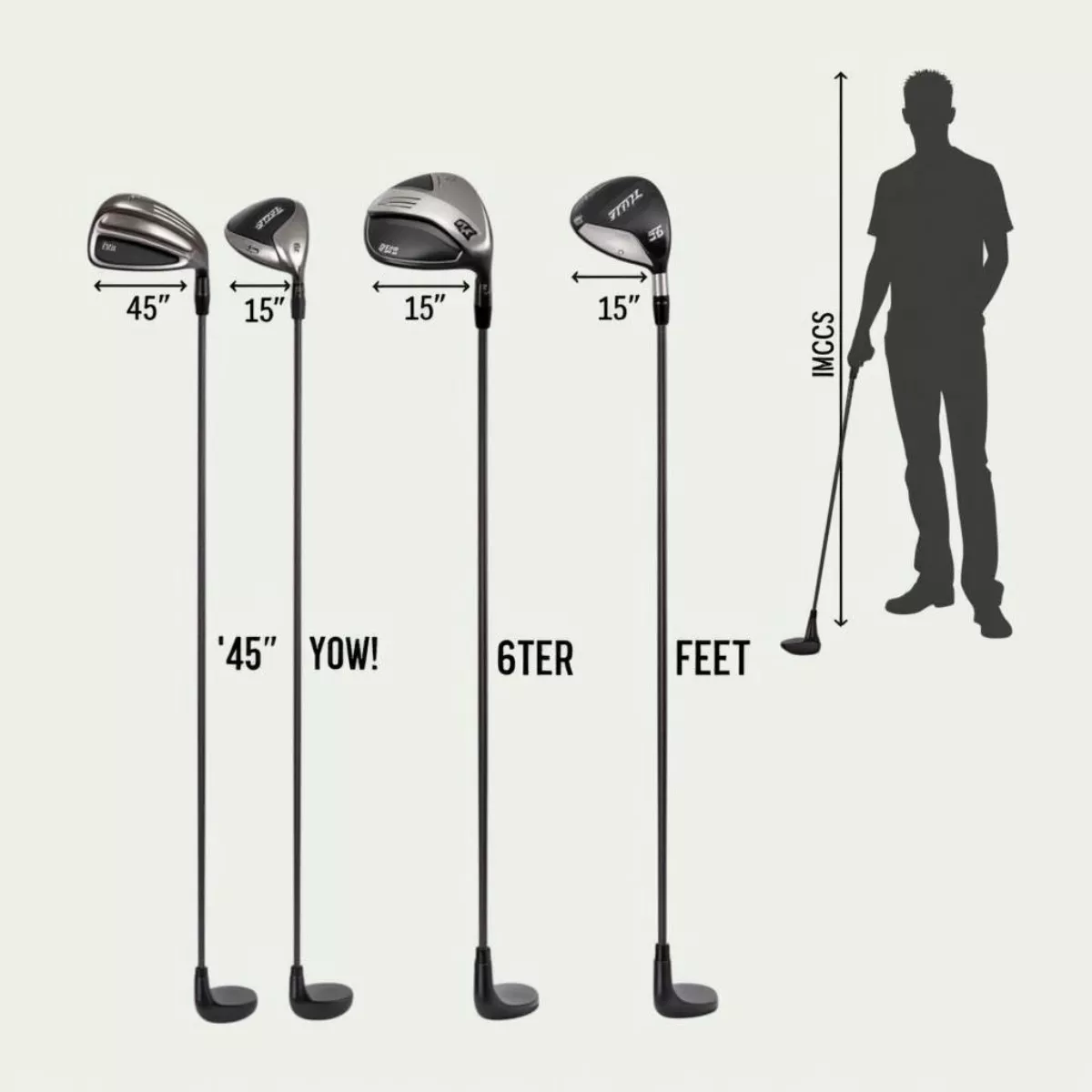
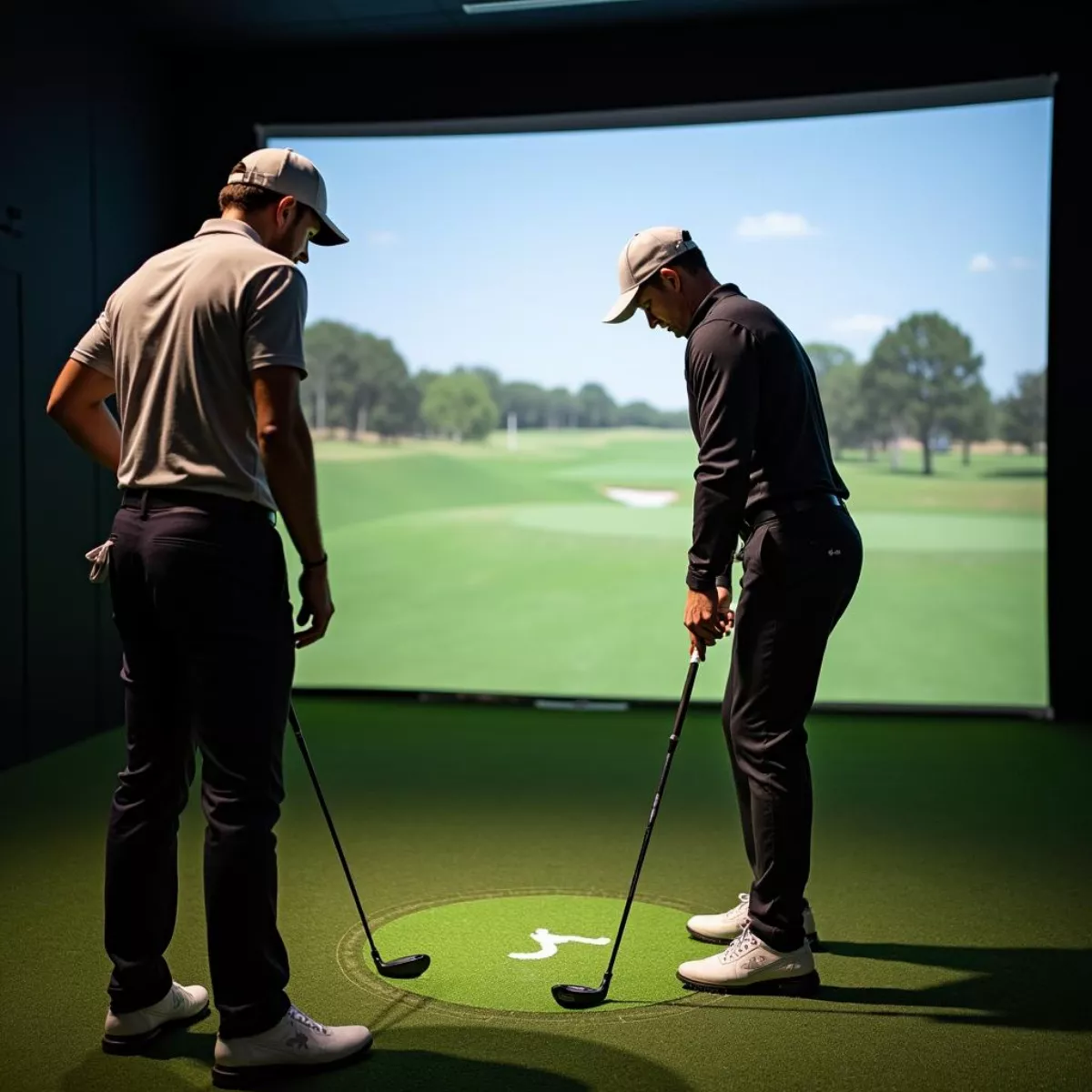 Professional Golf Club Fitting Session
Professional Golf Club Fitting Session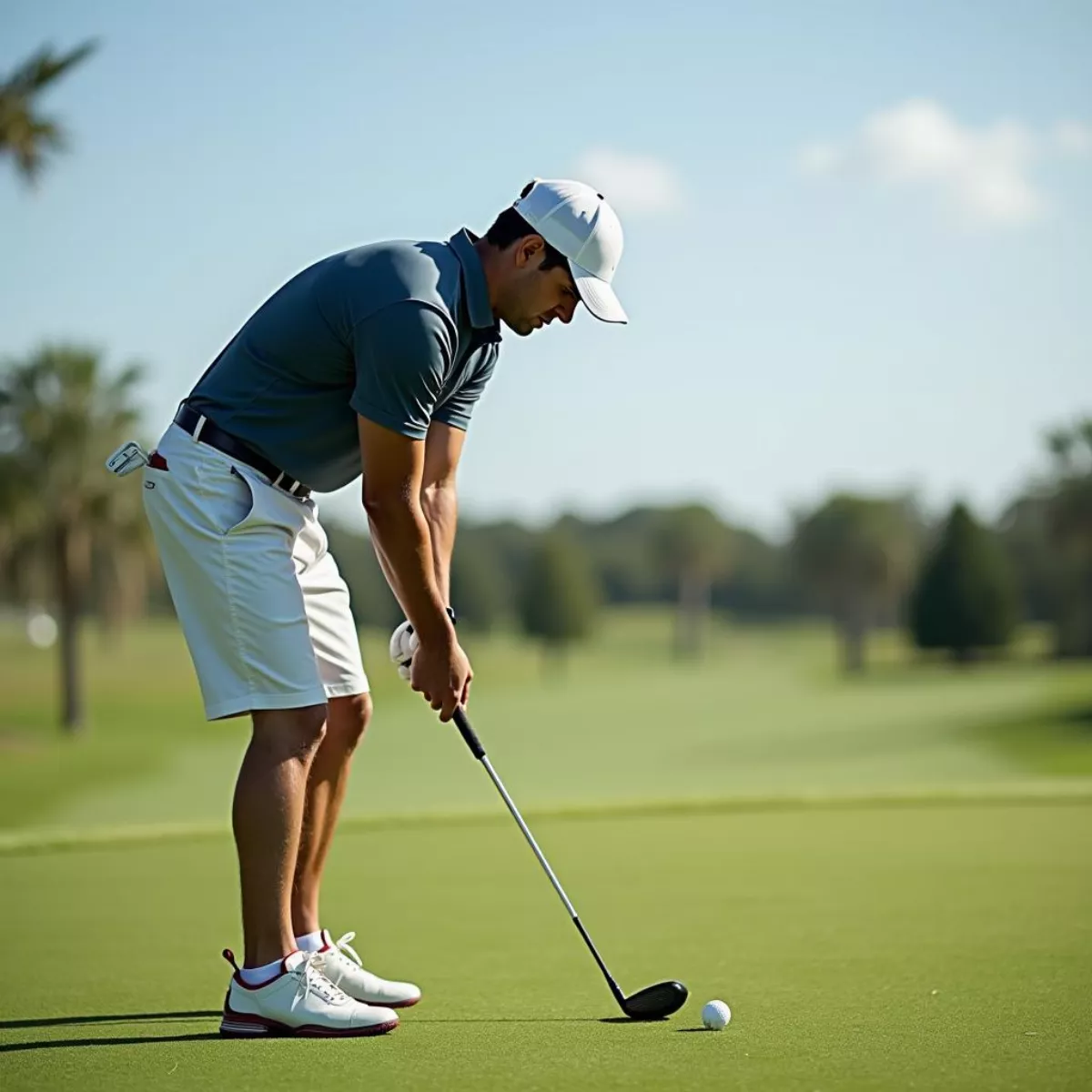 Golfer Teeing Off with Driver
Golfer Teeing Off with Driver
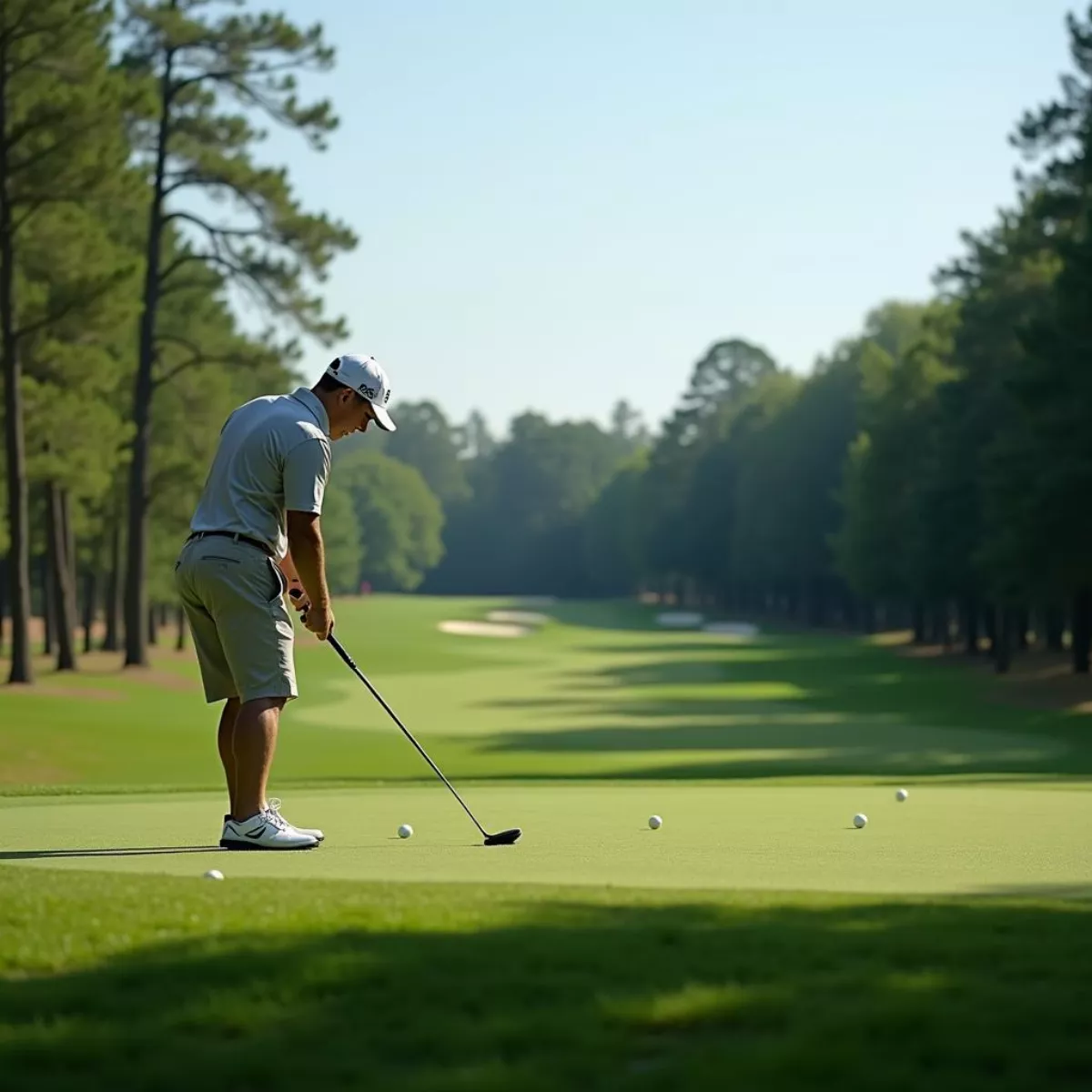 Golfer Planning Shot on Par 3 Hole
Golfer Planning Shot on Par 3 Hole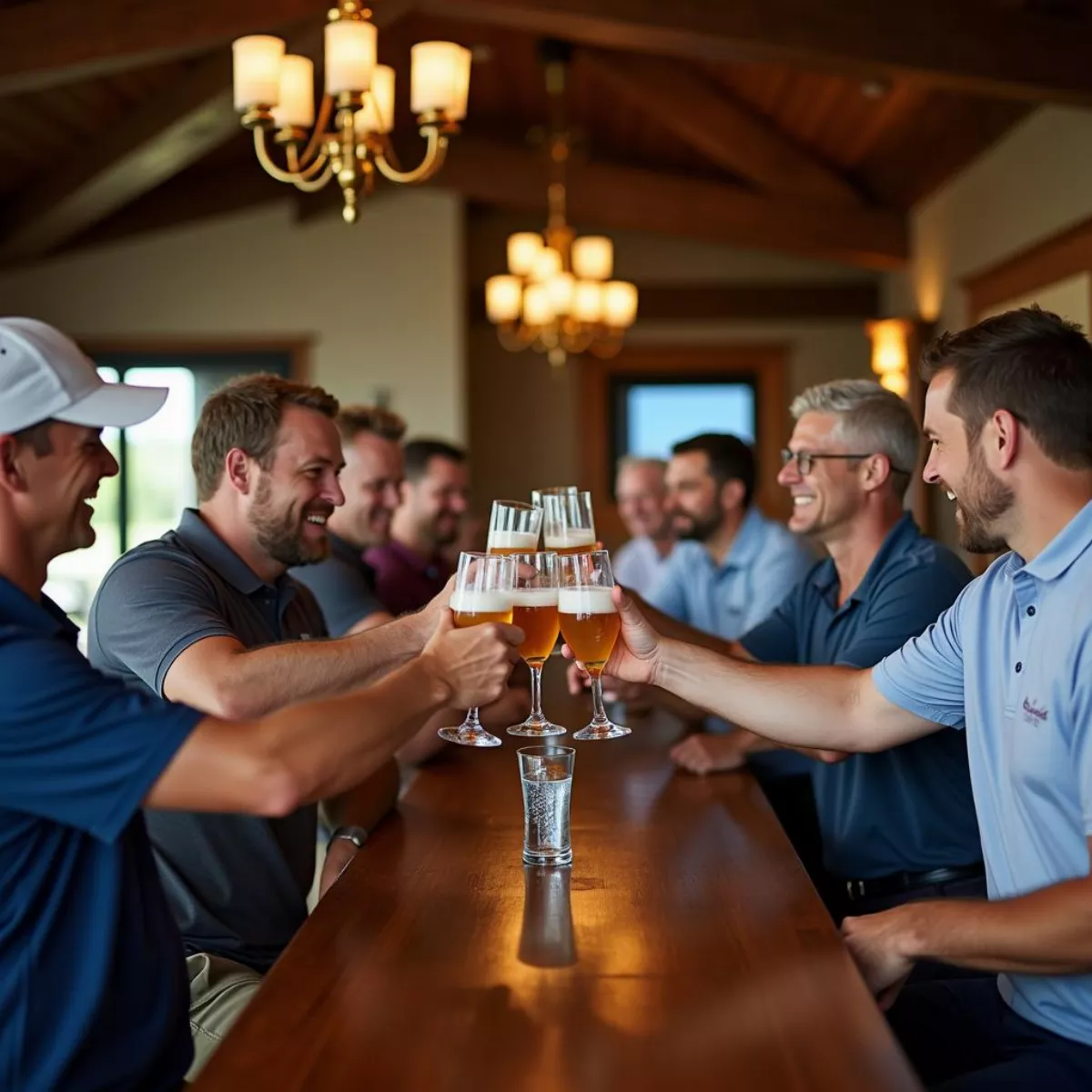 Golfers Toasting Drinks at Clubhouse
Golfers Toasting Drinks at Clubhouse
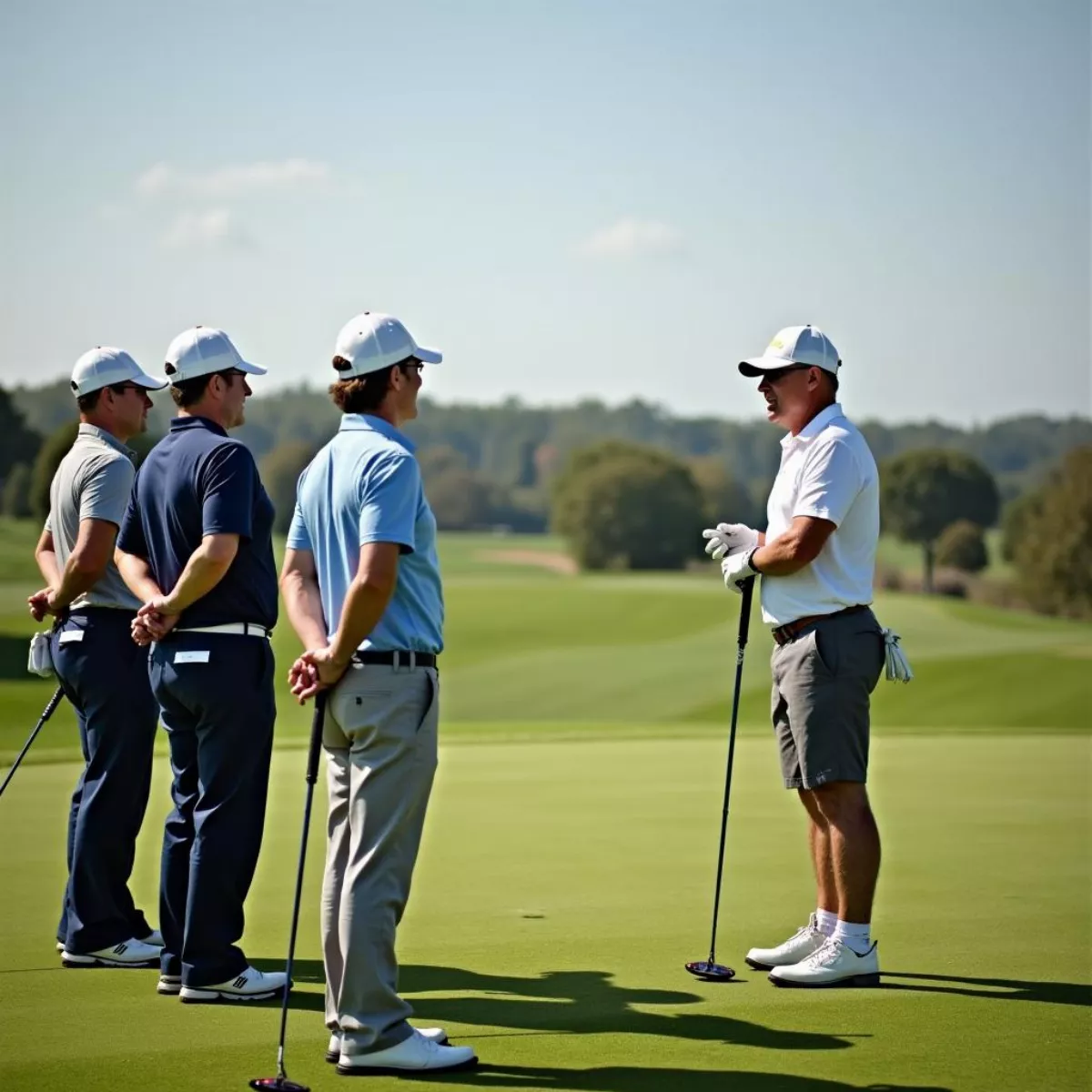 Golfers Asking to Play Through
Golfers Asking to Play Through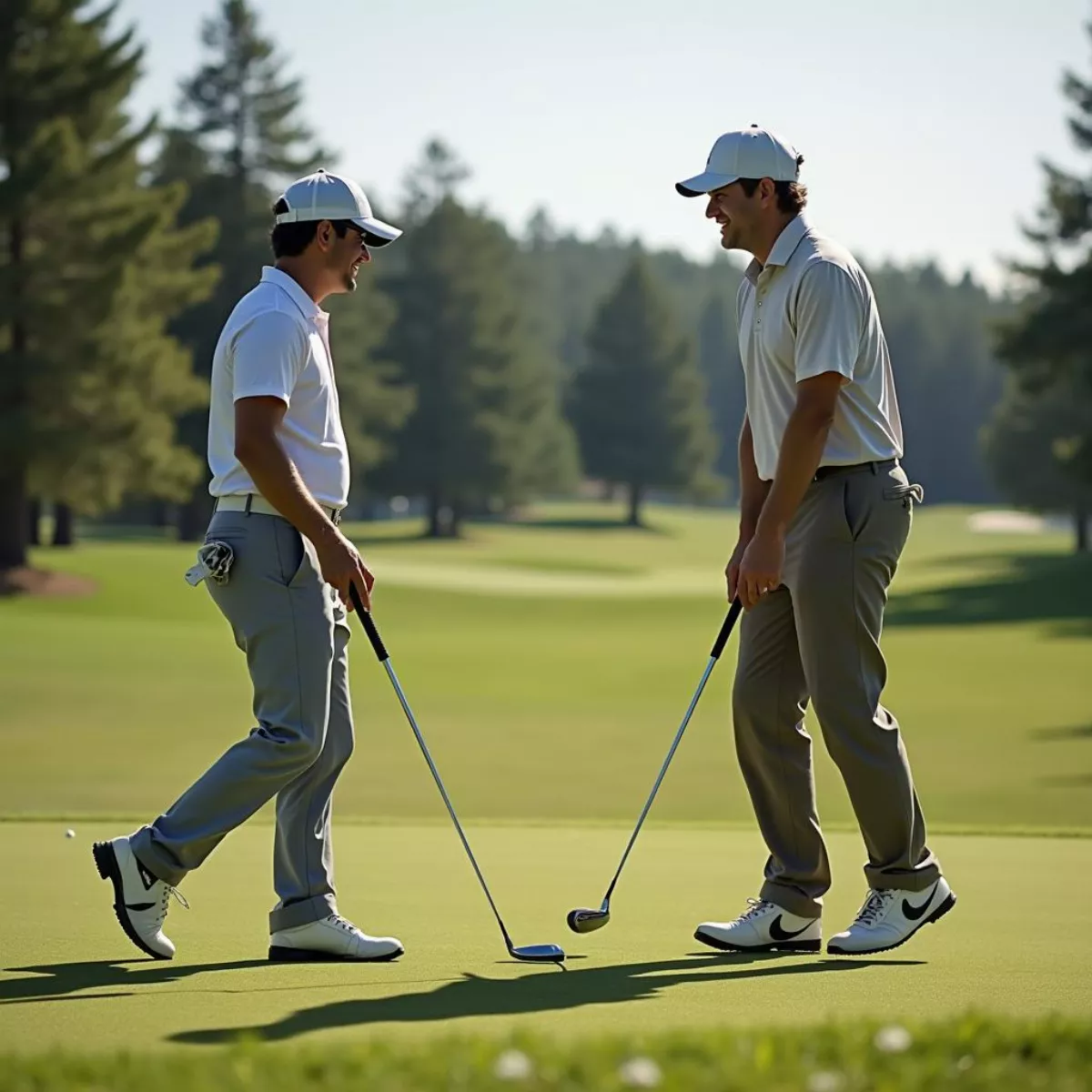 Golfers Enjoying a Round
Golfers Enjoying a Round